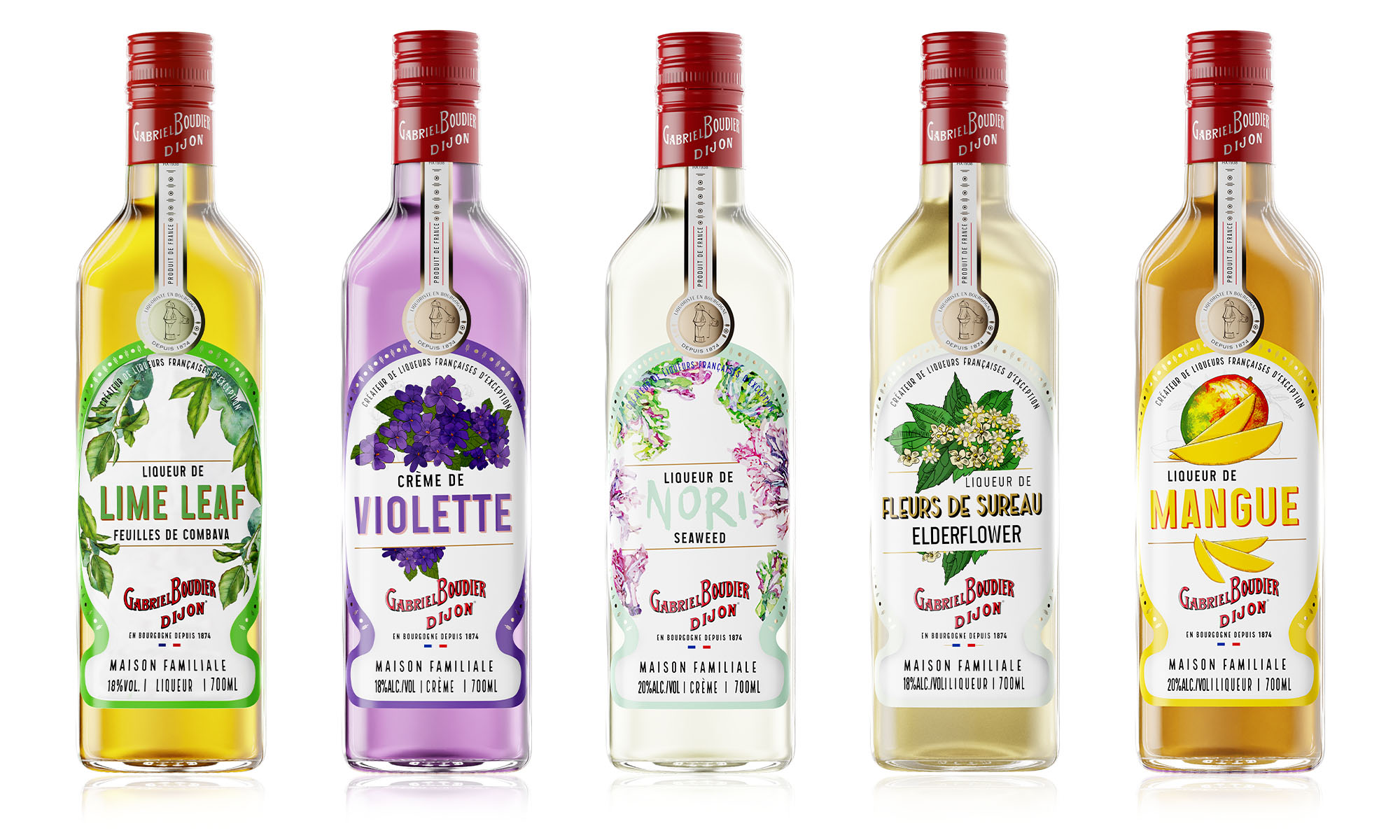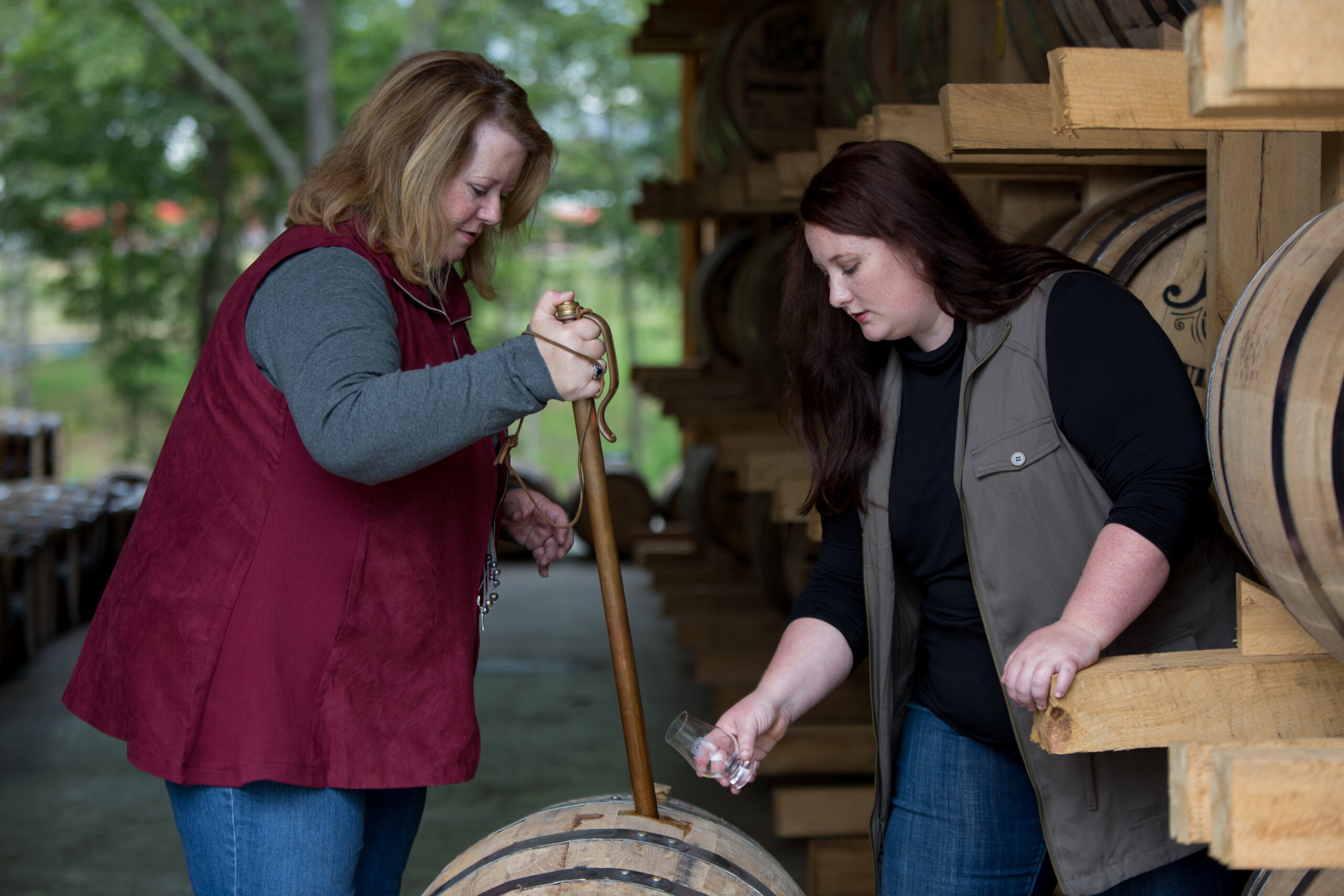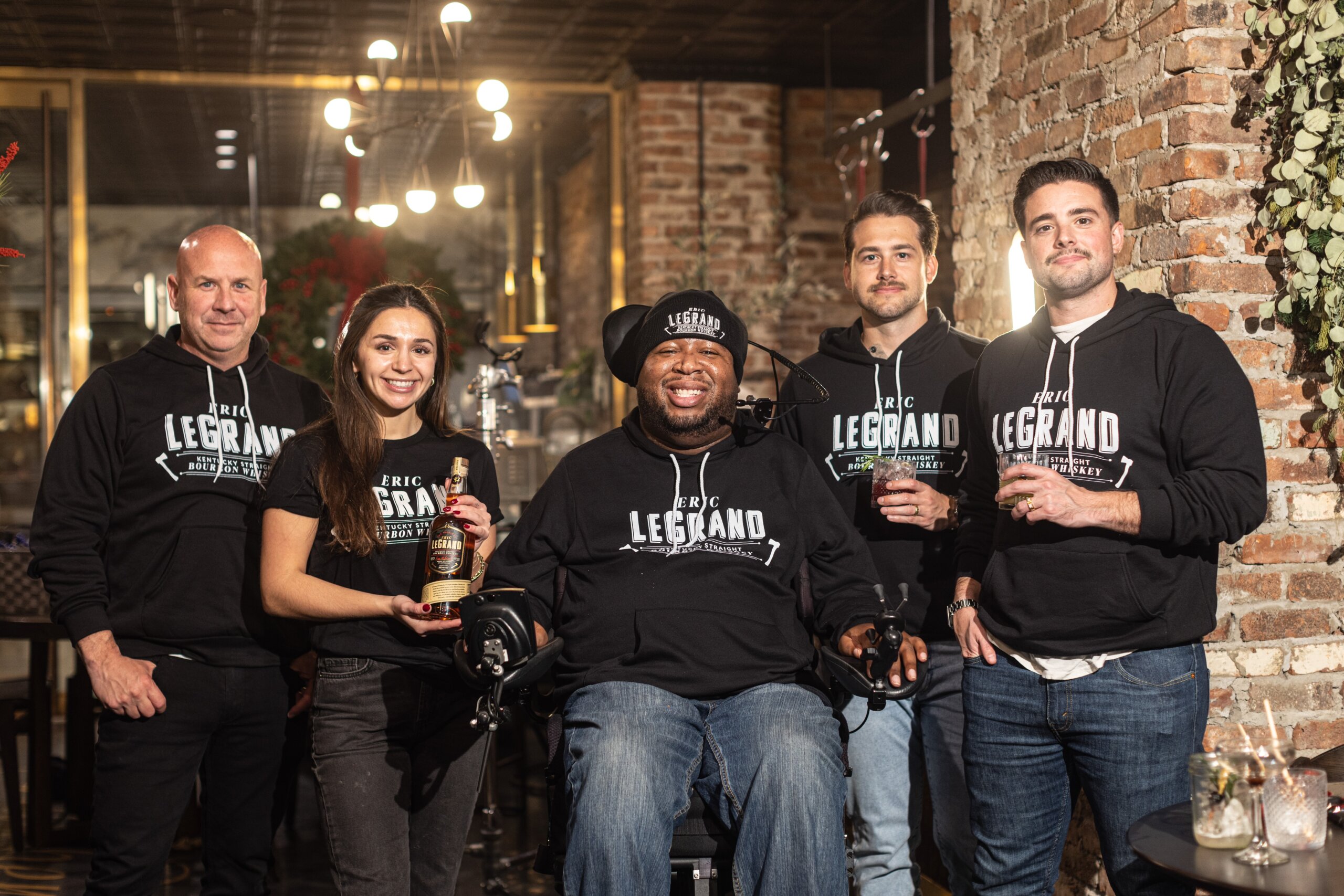6 Absinthe Myths Debunked on National Absinthe Day
By Chilled Magazine
We are debunking 6 absinthe myths on National Absinthe Day.

We’ve all heard the myths, urban legends, and fake news when it comes to Absinthe. A.K.A. The Green Fairy, La Fee Verte, the Green Muse, Absinthe has as many nicknames as it does legends. The reality is that the high-proof spirit is an important part of cocktail culture—past, present, and future.
Still, numerous misperceptions exist, so in preparation for the 15th anniversary of the repeal of the ban on the sale of absinthe in the United States, here are some debunks to the “Fake News” when it comes to absinthe.
Absinthe is not illegal.
Authentic absinthes are legal. The sale of absinthe was banned in the United States for nearly 100 years for a variety of reasons, but that ban was repealed in 2007.
Absinthe does not make you hallucinate.
Absinthe is a botanical distillate that contains a mixture of anise, fennel, and a type of wormwood called Artemisia Absinthium. This wormwood imparts a minute amount of thujone into the spirit, but there is more thujone from sage in a box of Stove Top Stuffing than in a bottle of absinthe. Moreover, distillation renders the wormwood perfectly safe.
Real absinthe is made in the United States.

Until 2007, this myth had some truth to it, as absinthe was banned in the United States. Today, however, there are several absinthes made in the states from local ingredients that harken back to authentic recipes. That means they’re made with Artemisia Absinthium, aka grande wormwood, the herb that gives the liquor its name and its flavor. Another clue? Authentic absinthes don’t have sugar.
Absinthe should not be served with a (flaming) sugar cube.
The classic method of serving absinthe involves slowly dripping cold water into a glass of the spirit. During the process, the spirit will louche, which means it turns cloudy and opaque. Somewhere along the way, sugar cubes were added—likely to cover for poor quality ingredients and in some circles, that the sugar is first soaked with alcohol and lit with a match. Though impressive, the “fire ritual” is designed to distract from the fact that a cheap and artificial product will not louche. Again, authentic absinthes don’t have or need sugar.
Absinthe is wildly versatile and belongs in cocktails.
While absinthe’s high proof has scared off many a bartender, those who experiment with the spirit have found how wonderfully versatile absinthe can be. Try replacing the vodka in a Bloody Mary with absinthe or substituting absinthe for the gin in a classic Negroni.
The AbsiGroni

Ingredients:
- 1 oz. Absinthia Absinthe Verte
- 1 oz. Campari
- 1 oz. Sweet Vermouth
Preparation: Combine all ingredients in a mixing glass. Stir and strain over a large cube. Garnish with an orange peel.










